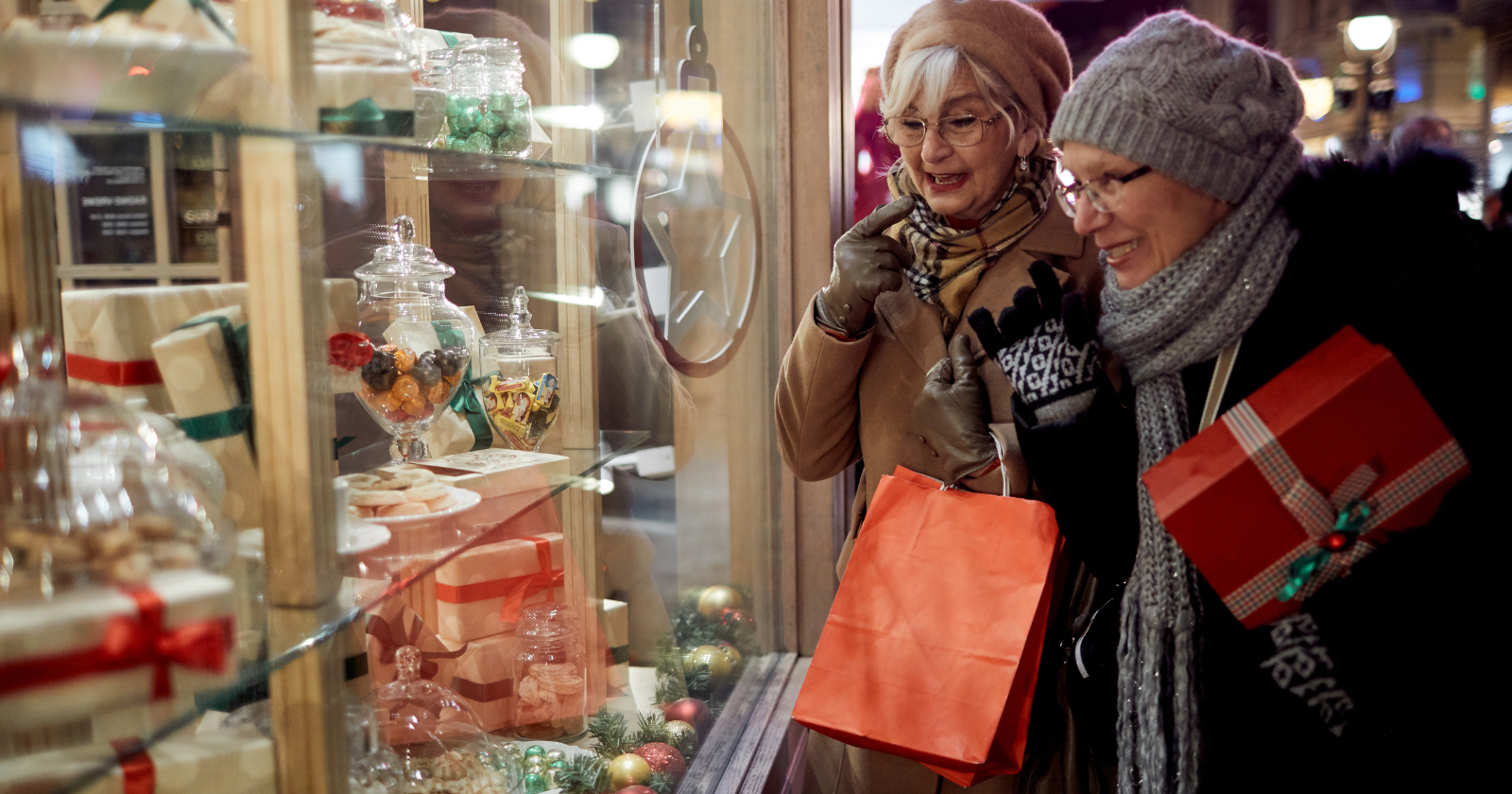I grew up watching my parents and their friends chase symbols of success.
The big house in the suburbs, the shiny sedan, the perfect backyard barbecue setup — these weren’t just purchases; they were badges.
Proof that you’d made it.
But as an adult looking at it through the lens of psychology and finance, I’ve realized something interesting: many of the things that once screamed “wealth” now quietly whisper something else entirely.
They don’t say, I’m rich.
They say, I finally got what I was told would make me happy.
And that’s not judgment — it’s observation. After all, most of us are just trying to fulfill a vision of success we inherited, not one we defined ourselves.
So, let’s take a look at a few of these so-called “status purchases” that, for many, are more about emotional validation than true financial freedom.
1) The giant suburban house
For decades, the big house was the ultimate milestone.
It meant stability, respectability, and “room for the kids to grow.”
But now, when I see someone proudly showing off a five-bedroom home for two people, what I really see is exhaustion.
It’s not just square footage — it’s square footage to maintain.
Studies on happiness and home size show a surprising truth: once basic needs are met, bigger doesn’t necessarily mean better.
What makes us happiest isn’t the number of rooms but how we use them — warmth, comfort, and connection.
The irony? Many boomers spent their youth working long hours to afford homes they barely had time to enjoy.
Now retired, they’re realizing that a spacious house is less a luxury and more a full-time hobby.
You don’t need a mansion to feel rich. You need a space that fits your life — not the one society told you to want.
2) The luxury car in the driveway
For a long time, success meant pulling up in something shiny with a recognizable badge — Mercedes, BMW, maybe a Lexus.
And don’t get me wrong, those cars are beautiful machines.
But they’ve also become one of the clearest examples of symbolic wealth: assets that cost a lot but depreciate faster than you can say “extended warranty.”
I remember my dad trading in a perfectly good car for a luxury model he’d dreamed of since his twenties. He said, “I just want to feel like I’ve made it.”
It wasn’t about performance or comfort — it was about validation.
The truth is, younger generations are starting to see cars differently. Many of us view them as tools, not trophies.
Ride-sharing, electric vehicles, and even car-free lifestyles are reframing what mobility and status look like.
If wealth is freedom, then being stuck with a hefty car payment or insurance bill isn’t exactly liberating. It’s the illusion of success — with leather seats.
3) The country club or golf membership
For years, country clubs represented entry into an exclusive circle — networking, prestige, a sense of “belonging.”
But the question is: belonging to what?
I once analyzed the annual dues for a well-known local club out of curiosity. Between fees, equipment, and social events, it added up to nearly $15,000 a year.
That’s the price of a vacation, an investment, or even a small business venture.
Yet for many boomers, joining a golf club wasn’t just about golf — it was about validation. A subtle way to say, I’ve arrived.
Today, that same money could fund experiences that feel far richer: travel, wellness retreats, new hobbies, or supporting causes that actually create community.
I’m not saying golf is bad (I love a quiet green space as much as anyone). But the real wealth lies in connection, not exclusivity.
And that’s something money can’t buy.
4) The designer kitchen renovation

Granite countertops. Stainless steel everything. A fridge that tells you when your milk is low.
The designer kitchen became one of the biggest “look how far I’ve come” statements of the last few decades.
And to be fair, who doesn’t love a beautiful space to cook in?
But here’s where it gets interesting: studies in behavioral finance show that we often spend the most money upgrading things that other people see, not necessarily what improves our own happiness.
In other words, we renovate for validation.
A friend of mine spent $80,000 redoing her kitchen after retirement. It was stunning — like something out of a design magazine.
But when I asked how often she cooked in it, she laughed and said, “Oh, hardly ever! I just love how it looks.”
That’s not wealth. That’s a showroom.
True abundance is having the time and health to enjoy what you have — even if your countertops aren’t trending on Pinterest.
5) The second home
A beach house. A cabin in the woods. A desert retreat.
The dream of a second home has been sold for generations as the pinnacle of financial comfort — the moment you’ve truly “made it.”
But more often than not, it’s just another mortgage, another set of bills, and another lawn to mow.
There’s even a psychological term for this: hedonic adaptation. It’s when we quickly return to our baseline level of happiness after achieving something we thought would bring lasting joy.
That’s why so many second homes eventually become neglected or rented out.
When I worked in finance, I observed this pattern frequently.
Clients would proudly purchase vacation homes, only to later confess that the upkeep felt like another job.
The fantasy was freedom. The reality was responsibility.
If your dream getaway adds more stress than serenity, maybe it’s not a symbol of success — it’s a distraction from redefining it.
6) The luxury watch or jewelry collection
For a generation that grew up before smartphones, a high-end watch once meant something. Precision, craftsmanship, status.
But these days, when I see a $15,000 Rolex, I don’t see wealth — I see nostalgia.
A longing for the era when timepieces were power symbols, not collectibles.
There’s nothing wrong with owning beautiful things. I still admire the artistry behind a well-made watch.
But let’s be honest — for most people, it’s not about timekeeping anymore.
It’s about time-traveling emotionally, back to a version of success that made sense decades ago.
Younger generations, meanwhile, are shifting toward “stealth wealth” — minimalism, sustainability, subtlety.
The idea isn’t to show off what you own but to own your freedom.
Real status is no longer on your wrist — it’s in your calendar. Do you control your time, or does your lifestyle control you?
7) The cruise or luxury vacation package
Finally, the big-ticket trip. The “I’ve earned this” vacation.
For many retirees, cruises and all-inclusive resorts are the ultimate reward — everything taken care of, no decisions to make, and plenty of chances to post photos that scream living my best life.
But when I talk to people who come back from these trips, I often hear something else between the lines.
They’ll say it was “nice” or “comfortable,” but rarely “transformative.”
That’s because comfort isn’t the same as fulfillment.
The wealthiest people I know don’t necessarily spend more on travel — they spend more consciously.
They take trips that teach them something, connect them to local culture, or challenge them in a good way.
When we buy experiences for validation, they fade fast. But when we invest in experiences for growth, they shape us.
Maybe the next level of luxury isn’t first class — it’s feeling alive in economy.
The bottom line
There’s nothing wrong with wanting nice things.
But what’s fascinating — and a little sad — is how often we mistake symbols of wealth for the experience of it.
Many of the purchases older generations made were rooted in a very different time — when ownership equaled security, and appearances equaled status.
But true wealth today feels more internal: time, health, freedom, peace of mind.
As someone who spent years analyzing money and now writes about human behavior, I’ve seen both sides of the equation.
The data says money can improve happiness — but only up to the point where it buys autonomy, not admiration.
So before chasing the next “dream purchase,” it might be worth asking: is this what I want, or what I was told to want?
Because wealth isn’t about catching up to an outdated dream — it’s about redefining what success looks like now.

